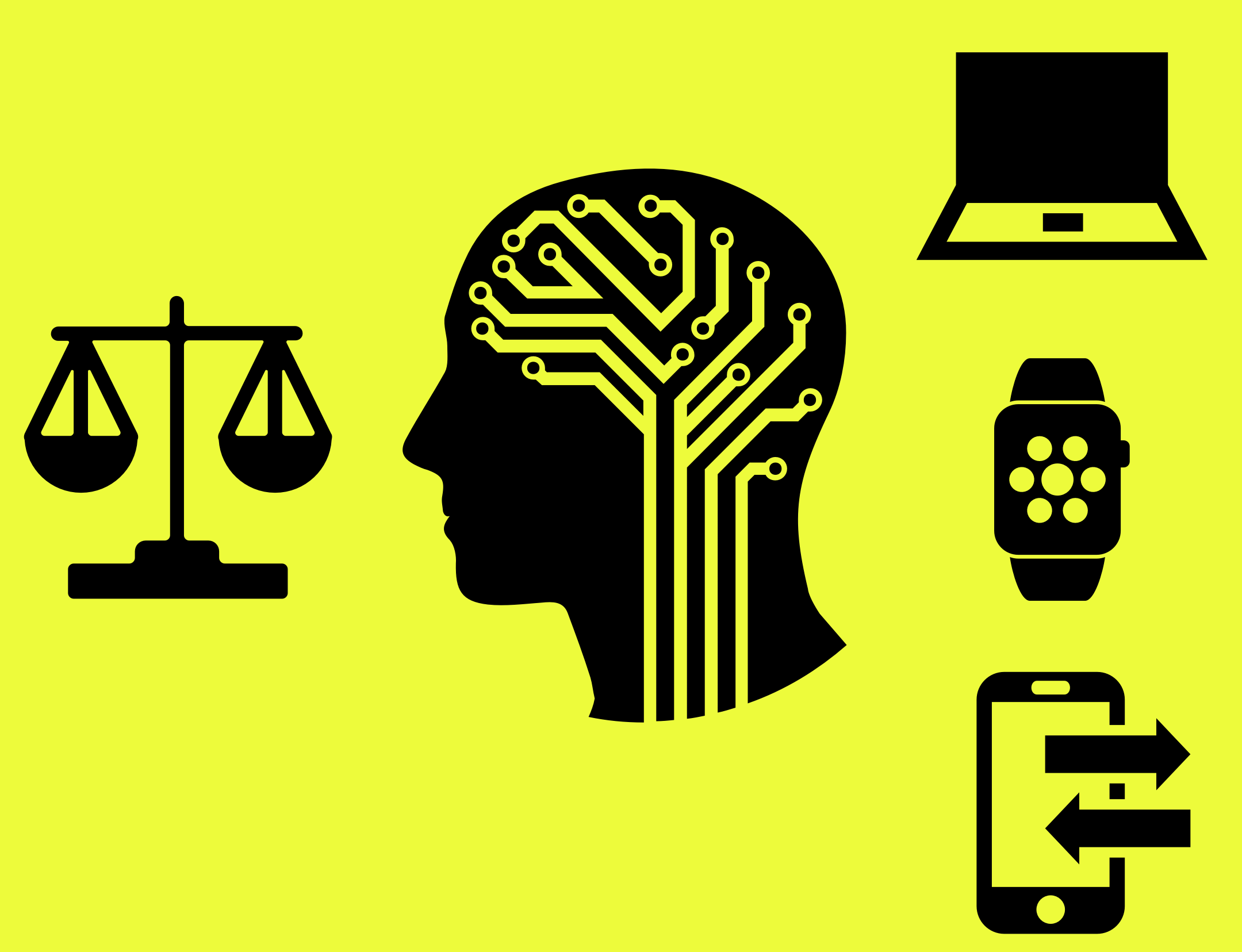Here is another research article from the UK about how tech-based legal services perform in delivering Access to Justice.
The article, “Just a Phone Call Away: Is Telephone Advice Enough?”, comes from Nigel Balmer, Marisol Smith, Catrina Denvir and Ash Patel. It is from 2012.
Here is the abstract:
Over the last two decades the public sector has embraced new modes of service delivery, with a shift away from traditional face-to-face provision towards Internet and telephone based advice and information. While telephone provision has played an increasingly significant role in overall provision of legal advice in recent years, there has been limited empirical research which compares telephone to face-to-face services.
Utilising administrative data from the Legal Services Commission (LSC) on legal aid services for housing problems, this paper explores the similarities and differences between the two delivery modes. We examine the client groups and matter types which tend toward particular channels of advice, the relationship between mode of advice and the outcome of cases for clients and the relationship between mode of advice and advice time.
We find that there are significant differences in mode of advice among clients with particular demographic characteristics, with clients under the age of 18 and clients living with an illness or disability more likely to use face-to-face services.
Our findings also suggest differences among the types of problems being addressed by telephone based services. On the surface there are small differences between modes of advice and the proportion of cases which lead to a substantive benefit outcome. However, once we disaggregate the data and investigate specific outcomes, there are pronounced differences in the outcomes achieved.
Having controlled for key variables such as client demographics, case type and particularly stage reached, we find that telephone advice takes, on average, 14 minutes longer than face-to-face advice (compared to an hour less when examining the raw data). The implications of these findings for the future development of telephone based services in light of current policy in legal services are discussed.



